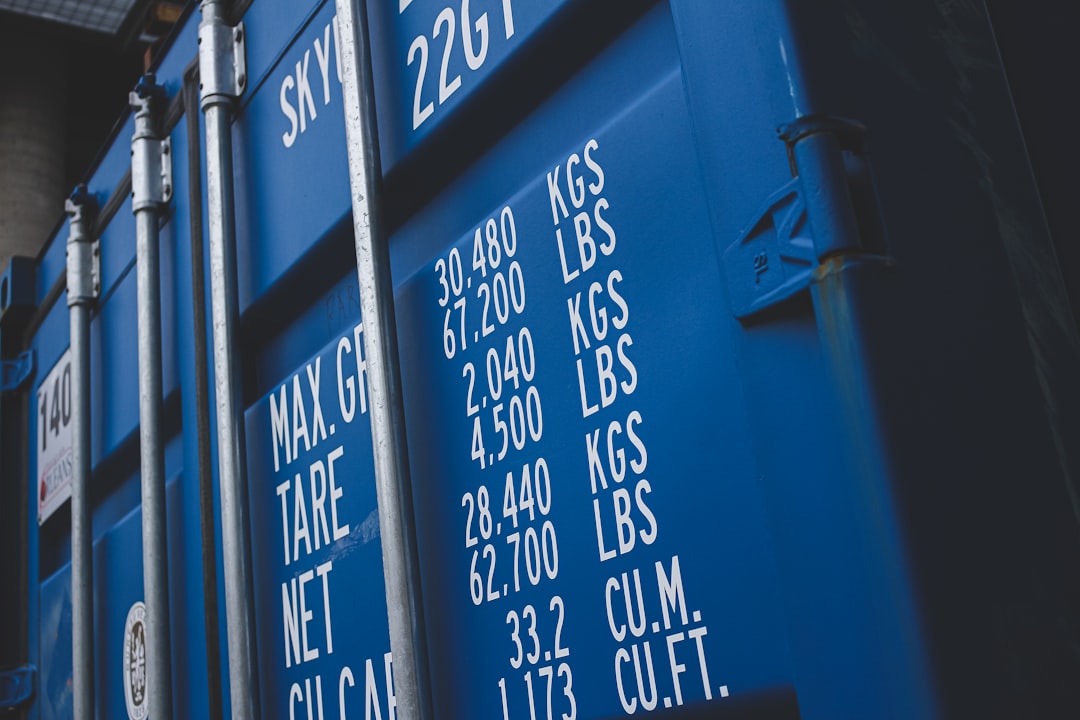body { font-family: sans-serif; line-height: 1.6; }
h1, h2, h3 { color: #333; }
h1 { font-size: 2.5em; }
h2 { font-size: 2em; }
h3 { font-size: 1.5em; }
The global steel market is a complex web of interconnected factors, and one of the most crucial elements affecting pricing is the use of foreign currency. Whether you’re importing raw materials, exporting finished goods, or simply tracking market trends, understanding how currency fluctuations impact steel prices is paramount. This post delves into the intricacies of steel pricing in foreign currency, offering insights into the challenges and opportunities presented by this dynamic landscape.
The Impact of Exchange Rate Fluctuations on Steel Prices
Exchange rate volatility is a major driver of steel price instability. A strengthening US dollar, for example, makes steel imports from countries using other currencies cheaper for US buyers. Conversely, it makes US steel exports more expensive for international customers. This effect is amplified by the fact that steel production involves numerous inputs, many sourced internationally. Fluctuations in the value of the currency used to purchase these inputs directly impact the final cost of steel production. For example, if the US dollar strengthens against the Chinese Yuan, the cost of importing iron ore from China decreases, potentially lowering the overall price of steel produced in the US. However, this advantage might be offset by reduced demand for US steel exports due to their higher price in foreign markets.
Hedging Strategies for Managing Currency Risk in Steel Trading
Given the significant impact of exchange rate fluctuations, steel companies and traders often employ hedging strategies to mitigate currency risk. These strategies aim to lock in a specific exchange rate for future transactions, protecting against potentially unfavorable movements. Common hedging tools include:
- Forward Contracts: Agreements to exchange currencies at a predetermined rate on a future date.
- Futures Contracts: Standardized contracts traded on exchanges, allowing companies to buy or sell currency at a future date.
- Options Contracts: Give the buyer the right, but not the obligation, to buy or sell currency at a specific price on or before a certain date.
- Currency Swaps: Agreements to exchange principal and interest payments in different currencies over a period of time.
The choice of hedging strategy depends on a company’s risk tolerance, the expected volatility of the exchange rate, and the time horizon of the transaction.
Analyzing Global Steel Market Dynamics and Currency Influences
Understanding the global steel market is crucial for predicting price movements and managing currency risk. Factors such as supply and demand, geopolitical events, and government policies all play a significant role. For instance, a major infrastructure project in a particular country can drive up steel demand, leading to higher prices. Similarly, trade wars or sanctions can disrupt supply chains and cause price volatility. Analyzing these global dynamics, in conjunction with currency forecasts, is essential for effective price forecasting and risk management.
Furthermore, different steel grades and product forms exhibit varying sensitivities to currency fluctuations. For example, specialized steel products with limited substitutes might be less affected by exchange rate changes than commodity-grade steel.
The Role of Import and Export Regulations in Steel Pricing
Government regulations, including tariffs, quotas, and anti-dumping duties, significantly influence steel pricing in foreign currency. Tariffs, for example, increase the cost of imported steel, making domestically produced steel more competitive. Quotas limit the volume of imported steel, potentially driving up prices. Anti-dumping duties are imposed when a country believes that steel is being sold below its fair market value, aiming to protect domestic producers. These regulations create complexities in international steel trade, requiring businesses to carefully analyze their impact on pricing and profitability.
Navigating these regulations often necessitates a deep understanding of international trade laws and agreements, as well as the specific policies of the countries involved.
Case Studies: Real-World Examples of Currency Impact on Steel Prices
Several real-world examples illustrate the significant influence of foreign currency on steel prices. For instance, the 2008 global financial crisis saw a sharp decline in the value of many currencies, impacting steel prices globally. Similarly, the ongoing US-China trade war has led to significant tariff increases on steel imports, affecting prices in both countries. Analyzing these case studies provides valuable insights into how currency fluctuations and geopolitical events interact to shape steel market dynamics. Studying past instances of significant currency shifts and their impact on steel pricing can help businesses better predict and manage future risks.
Understanding the interplay between steel pricing and foreign currency is critical for success in the global steel industry. By carefully considering exchange rate fluctuations, employing appropriate hedging strategies, and analyzing global market dynamics, businesses can navigate the complexities of international steel trade and optimize their pricing strategies for maximum profitability.
Tags: steel price, foreign currency, exchange rate, hedging, steel import export




